Serbia is a captivating destination that allows travelers to explore its picturesque landscapes in winter and spring. Winter air is filled with wonder as snowflakes dance from the heavens above. In spring, the countryside is adorned with blooming flowers, and the aroma of freshly cut grass fills the air. Belgrade, the capital city, is lively and crowded with cafés, locals engaging in animated conversations, and the scent of freshly brewed coffee.
Ladies and gentlemen, gather ’round and prepare to have your travel plans turned upside down because today we’re diving headfirst into the captivating question that has been haunting wanderlust-filled souls everywhere: “What time of year is it best to visit Serbia?” Oh, my curious adventurers, you’re in for a treat!
Picture this: it’s a crisp winter morning, and the air is filled with a sense of wonder as snowflakes delicately dance from the heavens above. With its picturesque landscapes draped in a white blanket, Serbia beckons you to explore its hidden gems. Can you feel the adrenaline rushing through your veins as you glide down the slopes of Kopaonik, the snow sparkling beneath your skis? Or perhaps you prefer the cozy warmth of a traditional mountain cabin, where you can indulge in hearty cuisine and sip on mulled wine while sharing stories with newfound friends.
But wait, let me whisk you away to another realm entirely. It’s springtime, and Serbia awakens from its wintry slumber in a burst of vibrant colors. The countryside is adorned with blooming flowers, and the aroma of freshly cut grass fills the air. As you meander through the charming streets of Belgrade, the capital city, you can’t help but be captivated by the lively atmosphere. Cafés spill onto the sidewalks, locals engage in animated conversations, and the tantalizing scent of freshly brewed coffee envelops you like a warm embrace. Are you ready to immerse yourself in this enchanting tapestry of culture and history?
What Time Of Year Is It Best To Visit Serbia?
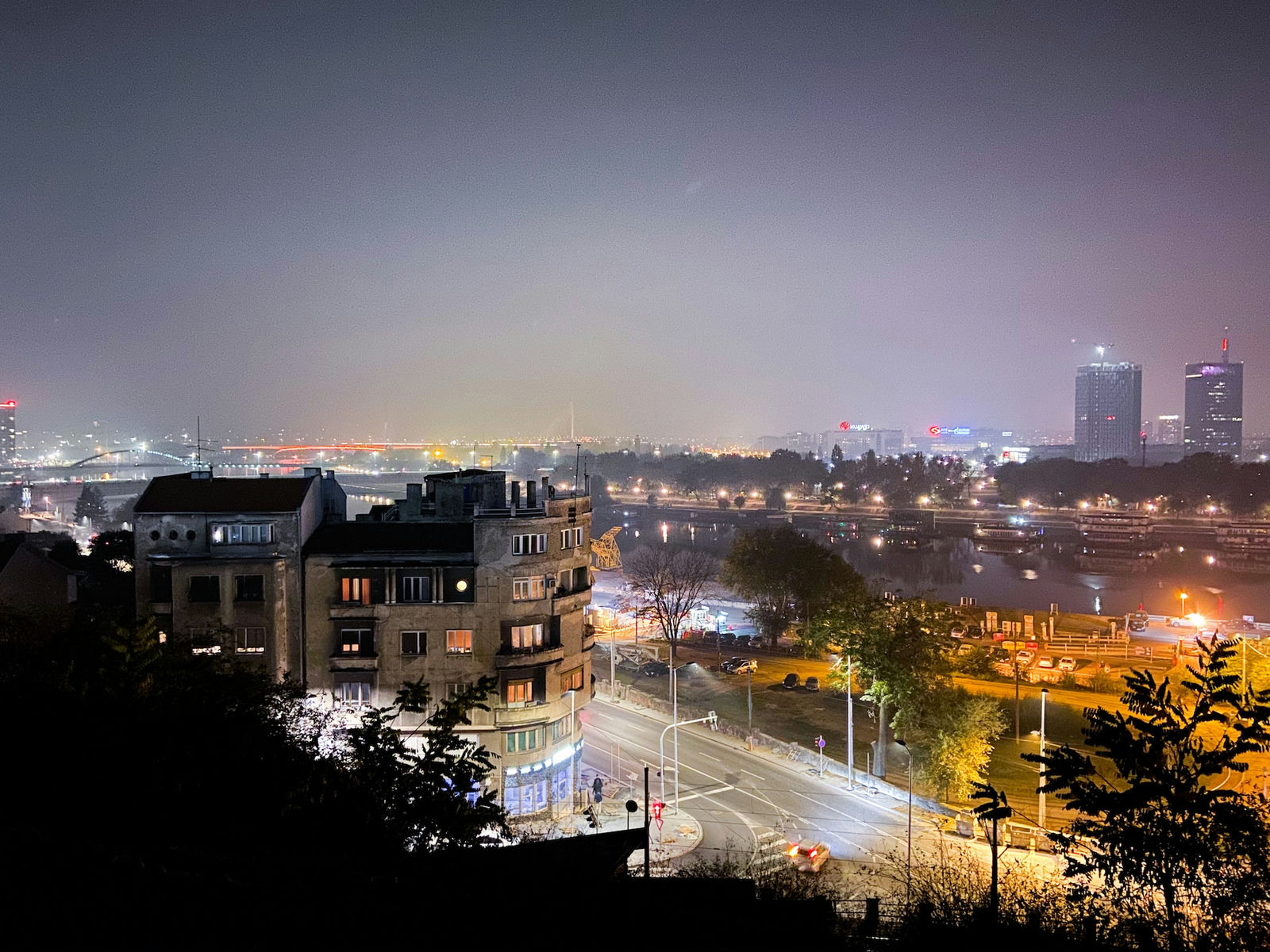
Belgrade, Belgrade, Serbia
Ah, Serbia! A magical land where each month has its own special charms and attractions. Every traveler wants to know, “When is the best time of year to go to Serbia?” Don’t worry, brave explorers, because we’re here to shed light on this interesting subject and help you plan your adventures in Serbia.
Let’s start our trip in January, which is the coldest month. But don’t let the cold weather bring you down. Regarding parties, Serbia knows how to turn up the heat. The Serbian Orthodox Church is in charge of Christmas and New Year’s celebrations, which fill the air with joy and happiness. And brave people (or maybe a little crazy) can participate in the Epiphany Cross event at Ada Ciganlija, where they jump into freezing water. Brrr!
The weather might get a little warmer as we move into February, but the overall fun factor goes down a little. Lovebirds, don’t worry; Valentine’s Day will warm your hearts. And cinephiles, rejoice! The month’s highlight is Belgrade’s annual FEST Film Festival, a feast for your eyes and ears.
March, oh March! Temperatures are getting warmer, but don’t be fooled by what looks like good weather. March can be a tricky month in Serbia, with days that range from a warm 22°C to a surprise snowfall. Friends, it’s a hit-or-miss situation, so keep your options open when planning your trip to Belgrade.
Ah, April, when spring colors the landscape of Serbia with its bright colors. Now is the best time to go to Serbia because the country is returning to life. The terraces of garden cafés are open, inviting you to relax and enjoy the mild weather. When the parks return to their lush greenery, it will be the perfect time to take a stroll. April sets the stage for a trip to Serbia you will never forget.
But that’s not the end of the fun! As summer nears, May brings even more good things. The temperature goes up again, and the air is filled with the promise of sunny days. The Night of the Museums in Belgrade is the main event. It is a cultural extravaganza like no other. And food lovers, be happy! There are food festivals all over the country where you can try a wide range of tasty treats.
June is when summer starts in all its glory. When the sun is too hot, people of all ages go to Belgrade parks to get shade. When the sun goes down, the famous nightlife of the capital comes to the fore, with clubs along the rivers full of people having a good time. But June 28 is a special day for Serbs because it is their national day, Vidovdan. On this day, they remember important events in Serbian history. June is a month of pride and remembering, from the Battle of Kosovo to more recent events.
“July, July!” Get ready for hot weather because the hottest temperature ever recorded in Belgrade was a staggering 43.6°C. Find peace in the cool waters of Ada Ciganlija or join people worldwide at the famous EXIT Festival in Novi Sad. The music, the atmosphere, and the pure happiness make July a month full of things you’ll never forget.
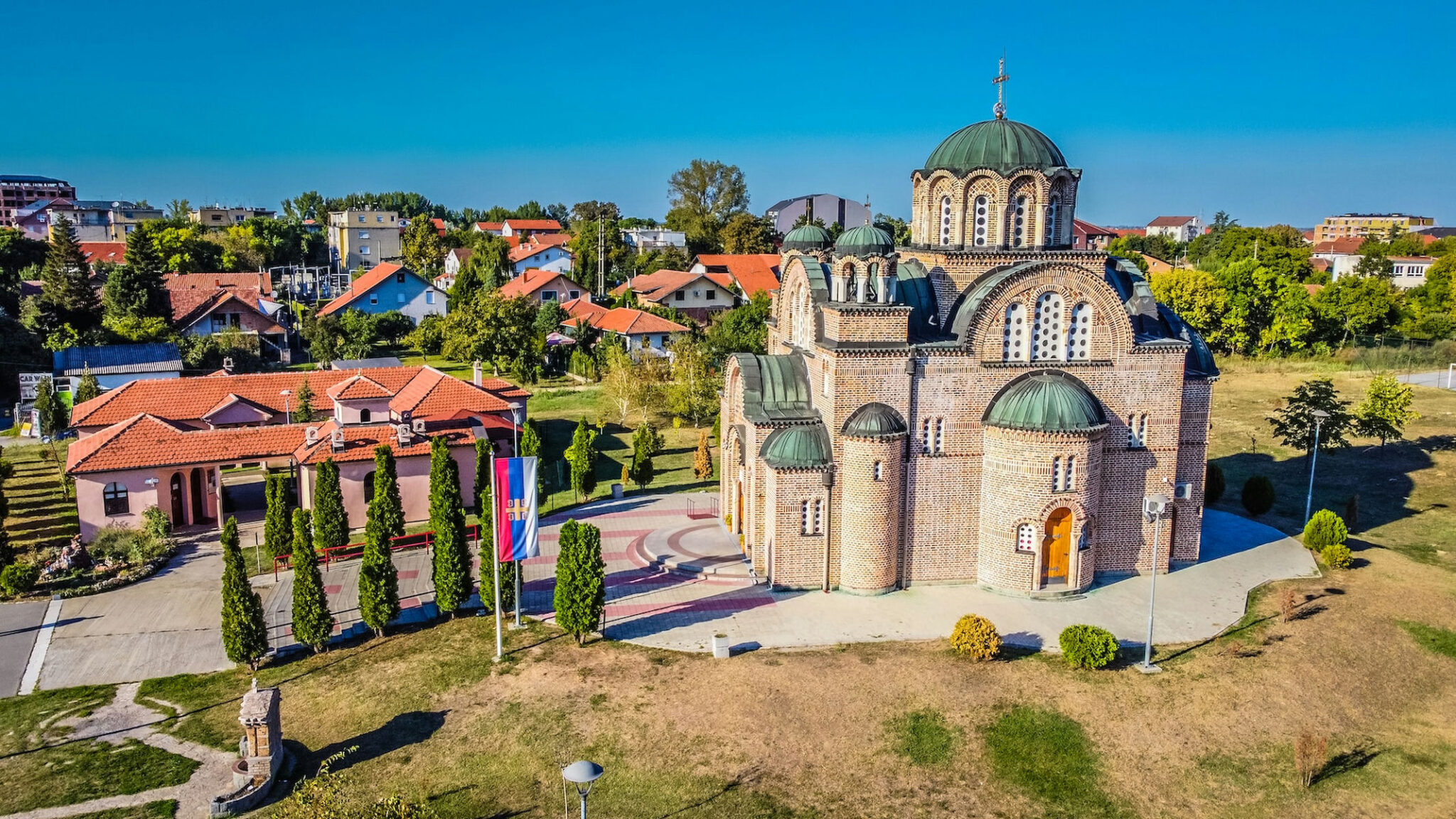
Crkva Svetog Apostola i Evanđeliste Luke, Beograd Srbija
When August comes, the sun doesn’t show any mercy. Temperatures in the early 30s show that the heat is still there. The Belgrade Beer Fest saves the day by providing a lot of beer to quench everyone’s thirst. And if you want to get away from the heat of summer, the mountains are a cool place to go. Take a moment to enjoy the beautiful view because August is almost over.
It is a month to look forward to. In September, when the weather elsewhere starts to settle down, Serbia still feels like summer. When the temperature is in the high 30s, there are many festivals in the north, especially in Vojvodina. From Novi Sad to Subotica, people party and have fun in September.
When October comes, summer ends, but Serbia is still beautiful. In Belgrade’s beautiful parks, the fall colors make a beautiful picture. Take a leisurely walk and enjoy the beautiful sights of this time of year. October is a great time to enjoy the last bit of warmth before winter comes.
Even though November is a sign that winter is coming, Serbia keeps us on our toes once again. November is a great month to visit because there are so many things to do and food festivals all over the country. Armistice Day is a time to remember and think about what happened in World War I. Take a moment to think about Serbia’s part in the war.
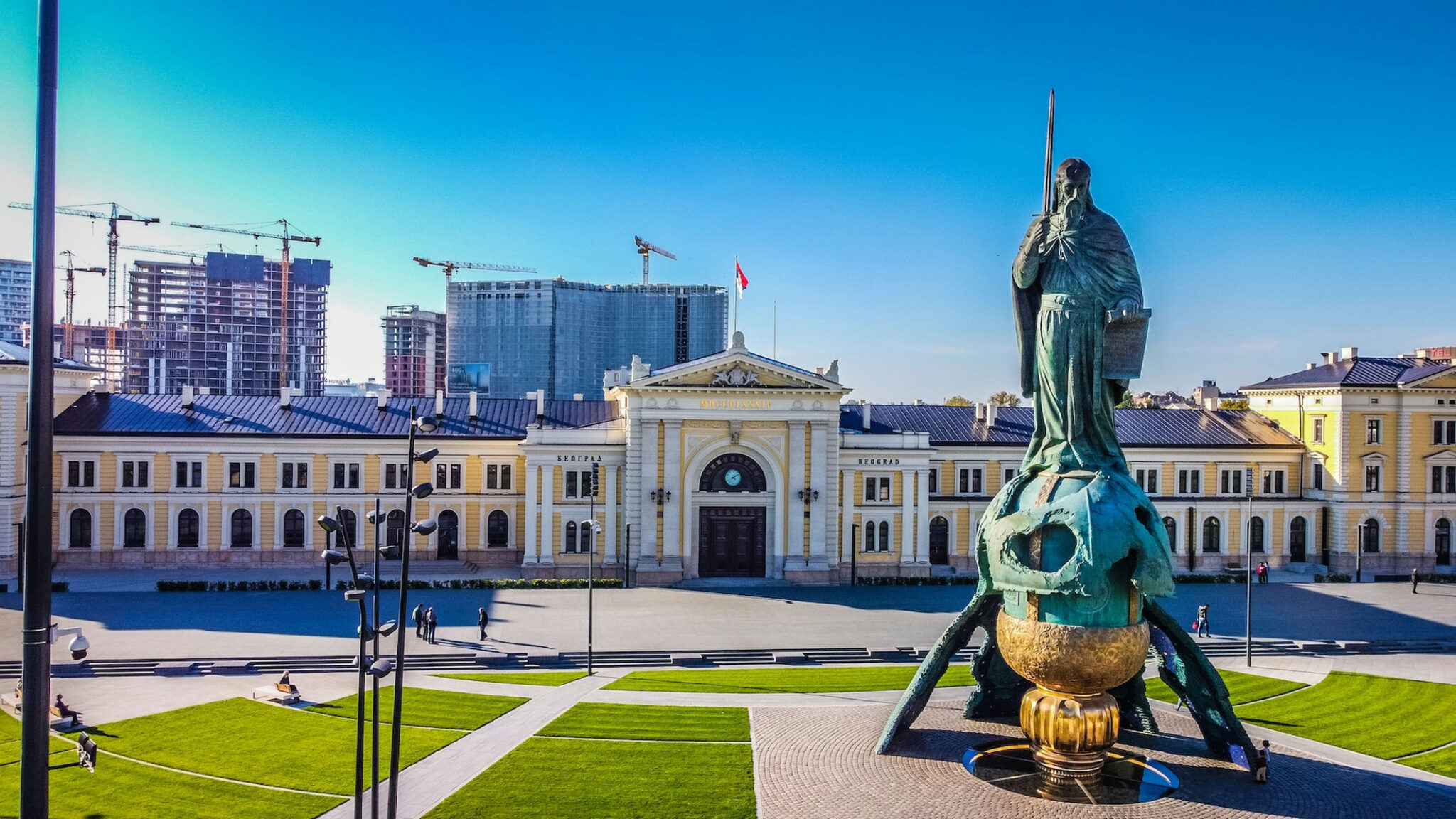
Stefan Nemanj, Beograd
And finally, winter shows up in December with a bang. But don’t worry, because the taverns and restaurants in Serbia will warm you up and make you happy. There are traditional Christmas markets all over the country, which fill the air with holiday cheer. And those who want to have fun in the winter can go to the mountains, where Kopaonik is the best ski resort. Remember that it can rain in Serbia in December, so keep that umbrella handy.
The Worst Time Of Year To Visit Serbia
Imagine it’s the dead of winter, the winds are biting cold, and Serbia has become a wintry wonderland. While the winter in Serbia can be spectacular, it’s not the best time to visit if you’re not a fan of subzero temperatures and knee-deep snow. Those who prefer warmer climates may find the winter months of December, January, and February to be particularly trying. Your exploration of this fascinating country may not be enhanced by frosty mornings and slippery sidewalks.
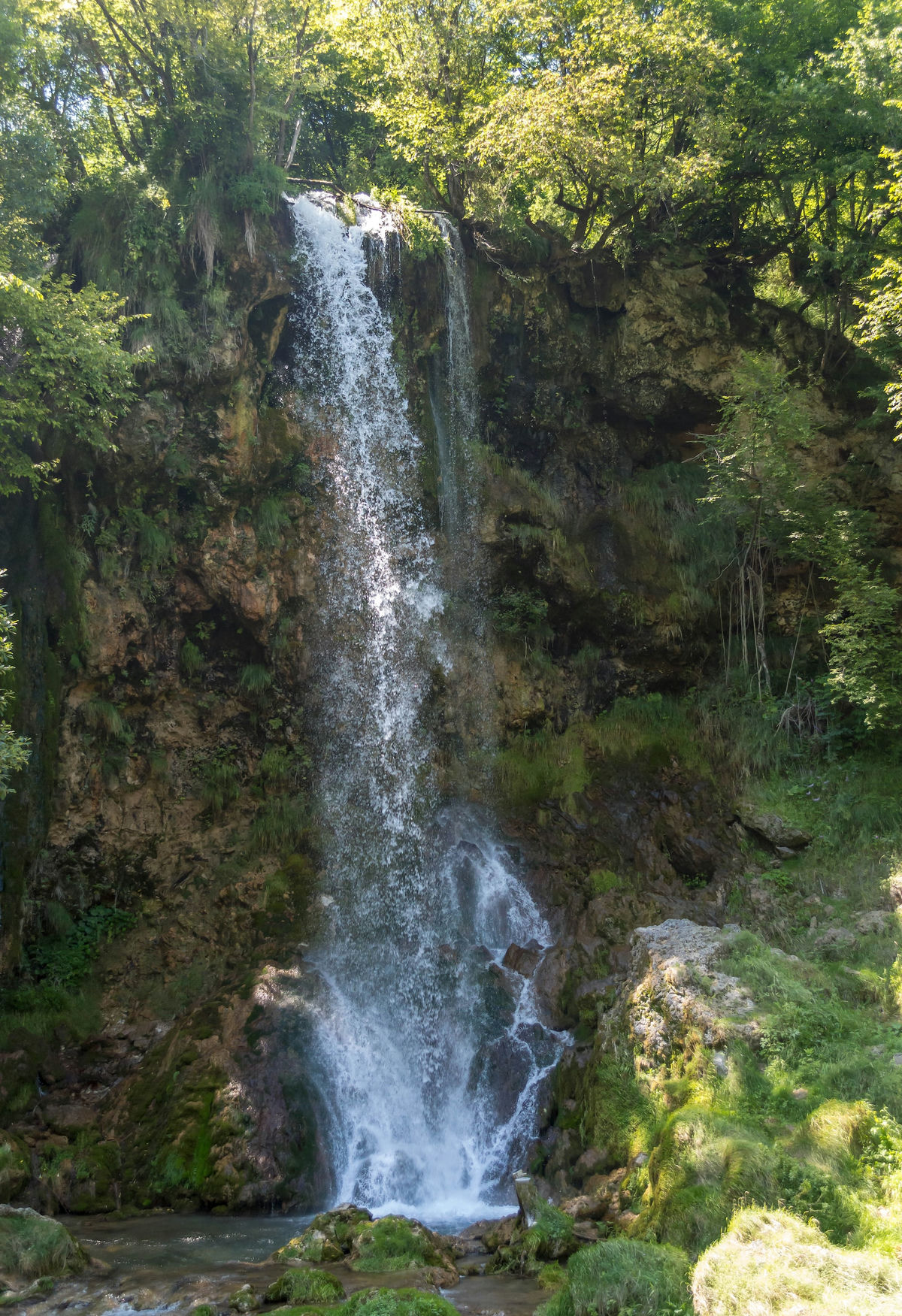
Gostilje, Serbia
Remember that January is the chilliest month of the year, too. It’s the kind of weather that makes you feel cold all the way down to your toes just thinking about going outside. Fear not, intrepid explorers; Serbia has mastered the art of dressing for the winter. The Serbian Orthodox Church is the undisputed leader in spreading holiday cheer and welcoming in the New Year. Extreme sports enthusiasts can partake in the Epiphany Cross event at Ada Ciganlija, in which they jump into freezing waters. Brrr!
Temperatures may rise slightly in February, but the month’s overall enjoyment factor decreases. Couples, celebrate! While the winter chill may have set in, Valentine’s Day is there to melt away those feelings. And film buffs, Belgrade’s annual FEST Film Festival is sure to be a visual extravaganza. Let’s be honest, though; the weather in Serbia during the winter is often unpredictable. Clear skies and a beautiful winter landscape could be yours one minute, and a blizzard could be on its way the next. It’s a gamble, so if you’re planning a trip to Belgrade in the winter, don’t set your heart on any particular itinerary.
Let’s skip to March when the weather warms up, and spring is practically here. Travelers, please slow down; March in Serbia is a volatile month. It’s like playing a game of chance, with days ranging from a comfortable 22 degrees Celsius to a sudden dusting of snow. It’s a time of change when winter is clinging to its icy hold, and spring is struggling to emerge. Visit at a different time of year if you prefer predictable weather and don’t want to bring a winter coat and a spring jacket.
Typical Mistakes Made By Travelers During Serbia Trip Planning
Weather and Season: Let’s start with the most common mistake, which is not taking into account the weather and the time of year. Now, Serbia has a wonderful continental climate, which means that all four seasons can be enjoyed to the fullest. But many travelers don’t think about how the weather might change their plans. Imagine that you’ve carefully planned to go somewhere, only to find out that it’s closed or inaccessible because of the weather when you’re there.
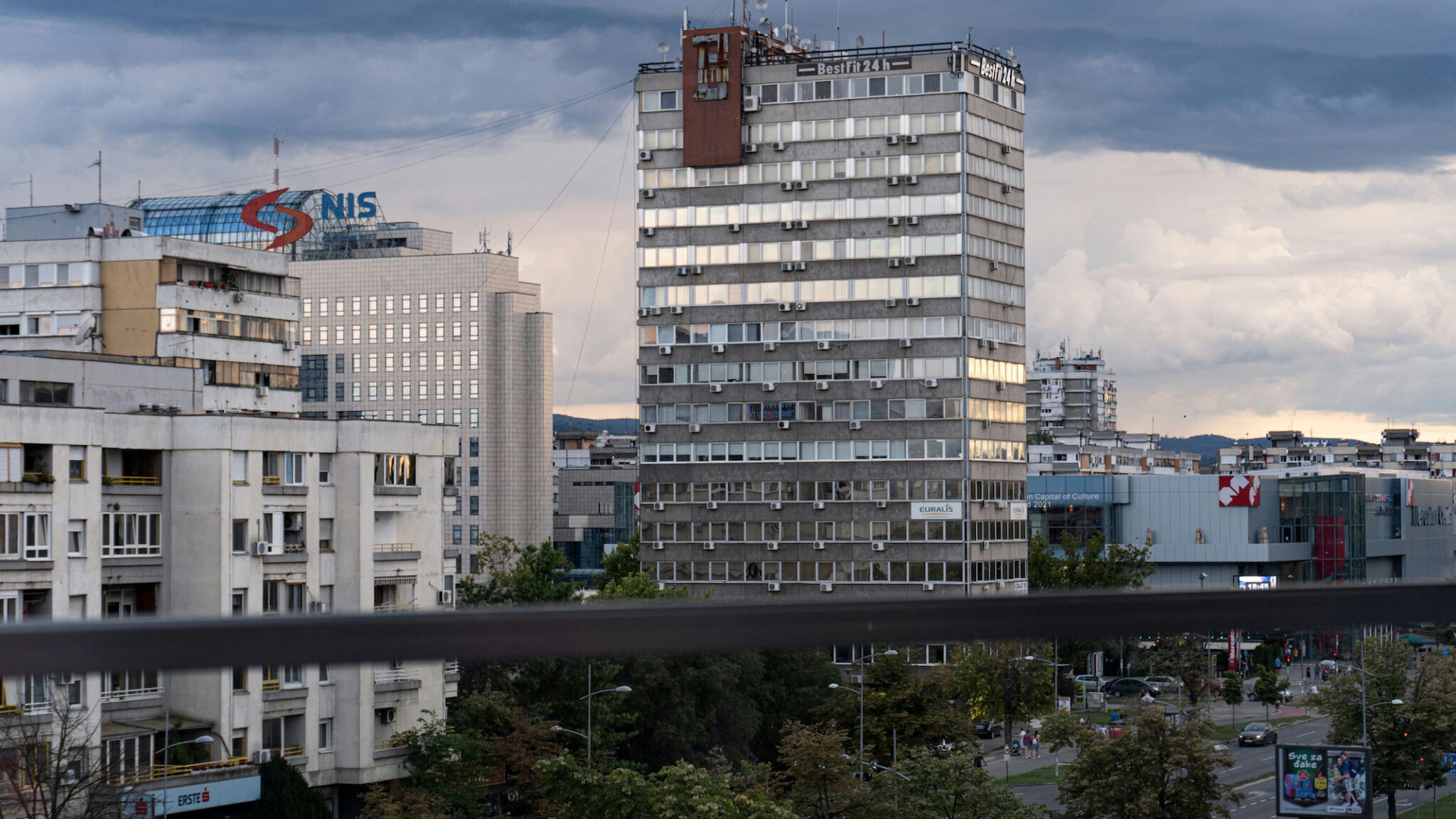
Novi Sad, Serbia
Most of the time, this mistake is made because travelers come from places with very different climates. They may know that Serbia has winter, summer, and fall, but they don’t understand what problems that could cause them. It could be as small as forgetting to bring the right clothes for the weather or as big as not being able to go to a popular attraction because it is closed or hard to get to. So, dear readers, pay attention to the weather and make plans accordingly so you don’t miss out on any of the amazing things Serbia has to offer!
During the winter, Daylight Time is: Ah, winter. It’s a time of snowy scenery and warm feelings. But in Serbia, late December, January, and February are months when it gets dark as early as 4 p.m. You did hear that correctly! Since Serbia is in the Central European Time (CET) zone and follows Daylight Savings Time, you won’t have a lot of daylight hours to explore during the winter. So, if you want to go on day trips, keep this in mind and make your plans accordingly. But don’t worry! Even in the early evening, there are a lot of fun things to do and see inside.
Distances: Let’s talk about how big Serbia is now. Even though it’s not as big as the US, Russia, or Australia, it’s important to remember that distances aren’t always what they seem. Serbia, which is about 88,000 square kilometers, may seem small compared to its huge neighbors but don’t forget how long it takes to travel certain distances. People from big countries sometimes think that everything in Serbia is easy to get to. But if you fall into this trap, you might end up spending more time driving around than actually seeing the sights.
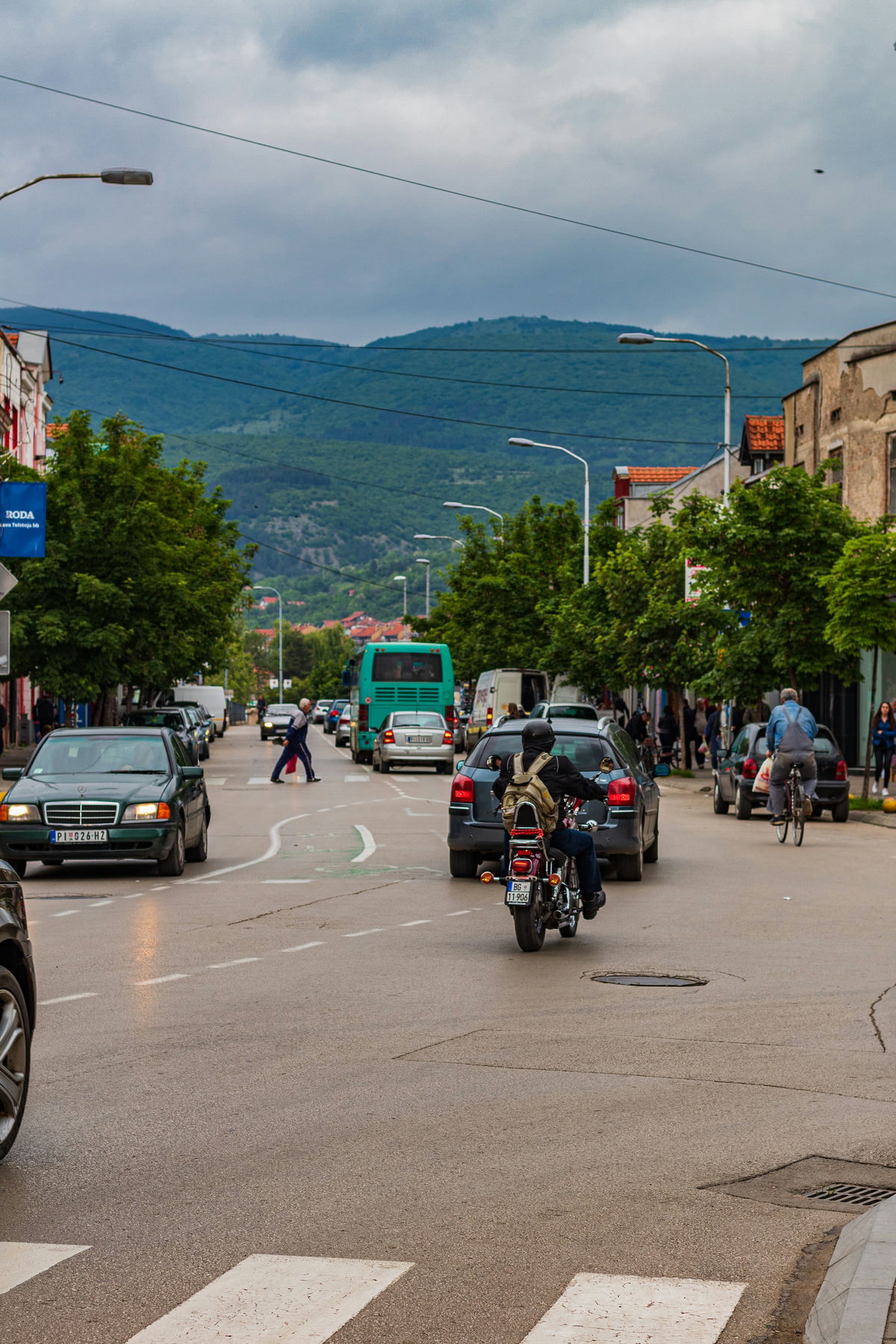
Pirot, Serbia
Belgrade is a great place to start when going on day trips. From there, you can see most of the major sights and come back in the evening, making the most of your time and reducing travel fatigue. You could also do a round trip or split your time between Belgrade and other parts of the country. This way, you can spend more time in different parts of the country while still taking day trips.
So, dear readers, whether you’re drawn to the medieval charm of Studenica Monastery, the beauty of Golubac Fortress, or the variety of Serbia’s landscapes, keep these common mistakes in mind when you’re planning your trip. Remember to think about the weather, plan for the short days of winter, and be aware of the distances. Doing this will ensure your trip goes smoothly and is full of wonderful moments and memories you’ll never forget.
How Many Days Should Be Enough To Visit Serbia?
Ah, the age-old question: how long do you need to spend in Serbia to see and do everything? Well, my curious friend, the answer isn’t as easy as just making up a number. But don’t worry because I’m here to shed some light on the situation and help you figure out what to do. Serbia is a great place to visit because it has a great mix of history, culture, natural beauty, and lively cities. From the busy streets of Belgrade to the quiet countryside, every traveler can find something that speaks to their heart. So, when it comes to planning your stay, it all comes down to what you like, how fast you like to explore, and what kinds of activities you want to do.
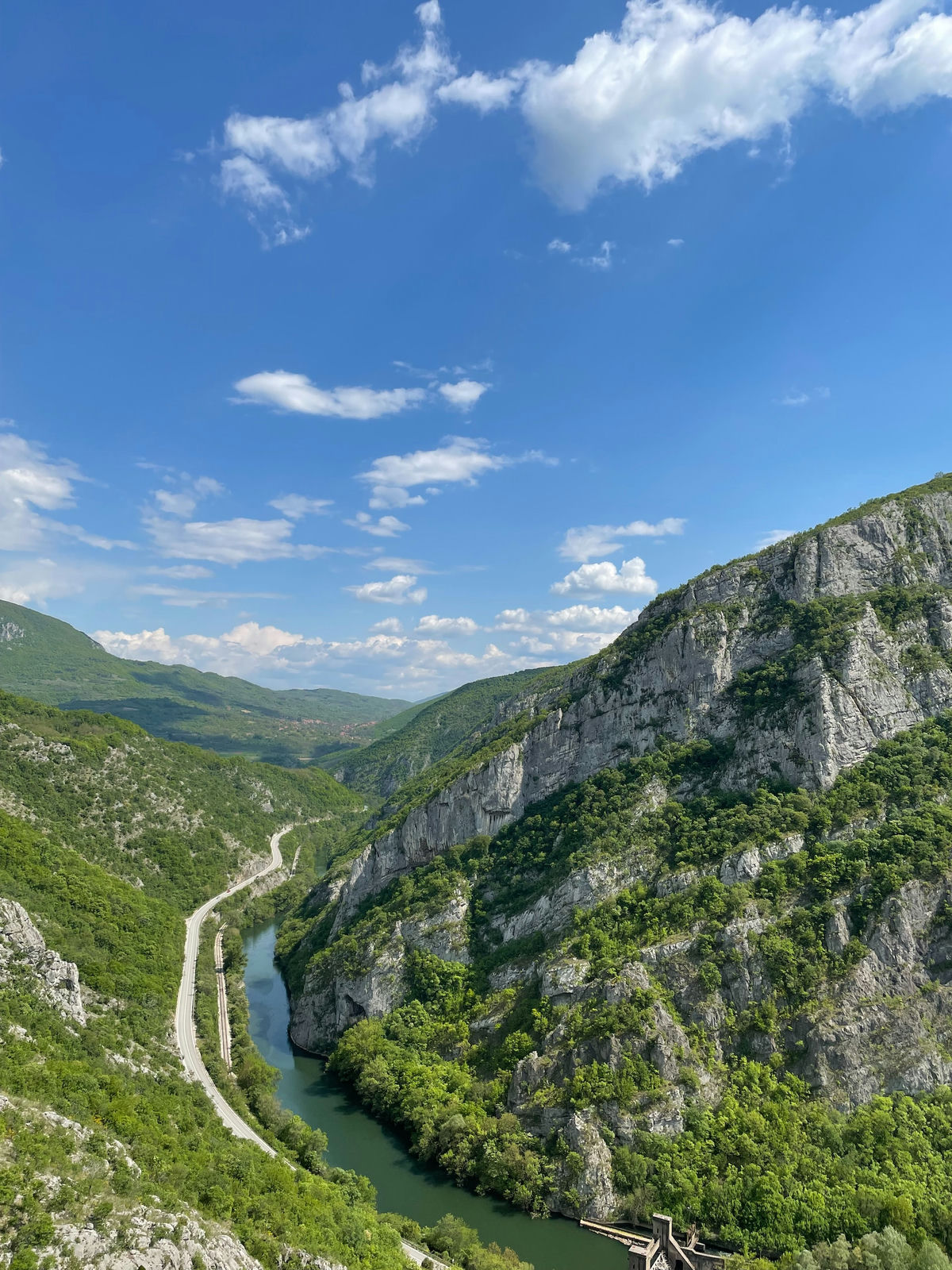
Sicevacka klisura, Serbia
If you want to see the main sights and get a taste of Serbia’s charm quickly, you might only need 3 or 4 days. This will give you enough time to explore the lively capital city of Belgrade, see some of its famous landmarks like the Belgrade Fortress and Kalemegdan Park, and soak up the lively atmosphere of its busy streets and hip neighborhoods. You can also go to the charming second-biggest city, Novi Sad, and enjoy its cultural offerings, such as the famous EXIT Festival if you get the chance.
But if you want to get to know Serbia, find its hidden treasures, and go off the beaten path, I suggest setting aside at least 7 to 10 days. This will let you explore the peaceful countryside, visit beautiful monasteries like Studenica and ia, see the stunning scenery of Tara National Park or National Park, and enjoy the rich cultural history of charming towns like Ni or Subotica.
If you give your trip to Serbia more time, you’ll be able to find the lesser-known gems, meet the friendly locals, and get to know the real spirit of this amazing country. You’ll be able to learn more about its history, take part in traditional festivals, try delicious local food, and even go on exciting outdoor adventures like hiking, biking, or river rafting.
Discovering Serbia: A Journey Through Its Best Experiences
Final Words
Alright, my fellow wanderers, let’s wrap things up and put a bow on our quest to discover the best time of year to visit Serbia. We’ve covered all the seasons, spilled the tea on the weather, and uncovered the hidden gems each time of year has to offer. But now, it’s time for the ultimate question: When should you pack your bags and set off on your Serbian adventure?
Well, my friends, the truth is that there is no one-size-fits-all answer. Serbia is a country that shapeshifts with the changing seasons, offering a kaleidoscope of experiences throughout the year. It all comes down to your personal preferences, the kind of adventure you seek, and the experiences that make your heart skip a beat.
If you’re a sun worshipper and thrive in warm weather, then the summer months of June, July, and August are calling your name. Picture yourself strolling along the Danube River, sipping refreshing drinks at outdoor cafes, and soaking up the lively atmosphere of Belgrade’s vibrant summer festivals. It’s a season of long sunny days, rooftop parties, and lazy afternoons spent by the sparkling waters of Serbia’s lakes and rivers. But hey, don’t forget your sunscreen and a floppy hat because Serbia knows how to turn up the heat!
Now, for those who prefer a cooler climate and wish to witness the stunning transformation of nature, autumn (September to November) is the time to go. Picture yourself wandering through the golden-hued forests of Fruška Gora, the leaves crunching beneath your feet as you marvel at the ancient monasteries nestled amidst the colorful foliage. It’s a season of harvest festivals, wine tasting in vineyards, and the crisp air filling your lungs as you embark on scenic hikes through Serbia’s breathtaking landscapes.
But wait my winter warriors, don’t despair! Serbia has something special in store for you too. Suppose you’re enchanted by snow-capped mountains, cozy evenings by the fireplace, and the enchanting glow of Christmas lights. In that case, the winter months (December to February) are your ticket to Wonderland. Imagine yourself carving through fresh powder on the slopes of Kopaonik, sipping mulled wine at the Belgrade Christmas Market, and snuggling up in charming mountain lodges. It’s a season of winter sports, holiday cheer, and creating unforgettable memories in a snowy paradise.
And last but certainly not least, we have spring (March to May), the season of rebirth and renewal. As the snow melts away, Serbia comes to life with blooming flowers, chirping birds, and a sense of excitement in the air. It’s the perfect time to explore the ancient fortresses, wander through picturesque villages, and witness the explosion of color in Serbia’s lush landscapes. So, grab your camera, my friends, because spring in Serbia is a photographer’s dream come true.
So, dear readers, as you can see, Serbia is a country that dances to the beat of its own drum, offering a delightful medley of experiences throughout the year. The best time to visit truly depends on your preferences, whether you crave the summer sun, the autumnal hues, the winter wonderland, or the springtime blossoms.
Frequently Asked Questions (FAQs):
What is the best time of year to visit Serbia?
The best time to visit Serbia is during the shoulder seasons of spring (April to May) and autumn (September to October), when the weather is mild, and the crowds are smaller.
Is summer a good time to visit Serbia?
Summer (June to August) can be hot and crowded in Serbia, but it’s still a popular time to visit, especially for outdoor activities and festivals.
What is the weather like in Serbia during the winter months?
Winter (December to February) in Serbia can be cold and snowy, but it’s still a beautiful time to visit if you’re interested in winter sports or seeing the festive holiday decorations.
Are there any major festivals or events that happen in Serbia throughout the year?
Serbia has many cultural festivals and events throughout the year, including the Belgrade Beer Fest in August, the EXIT music festival in July, and the Guča Trumpet Festival in August.
Do I need to pack different clothing for different seasons in Serbia?
Yes, you should pack differently depending on the season you’re visiting Serbia. In the summer, lightweight clothing is best; in the winter, you’ll need warm clothing and possibly even snow boots. Be sure to check the weather forecast before you pack!




